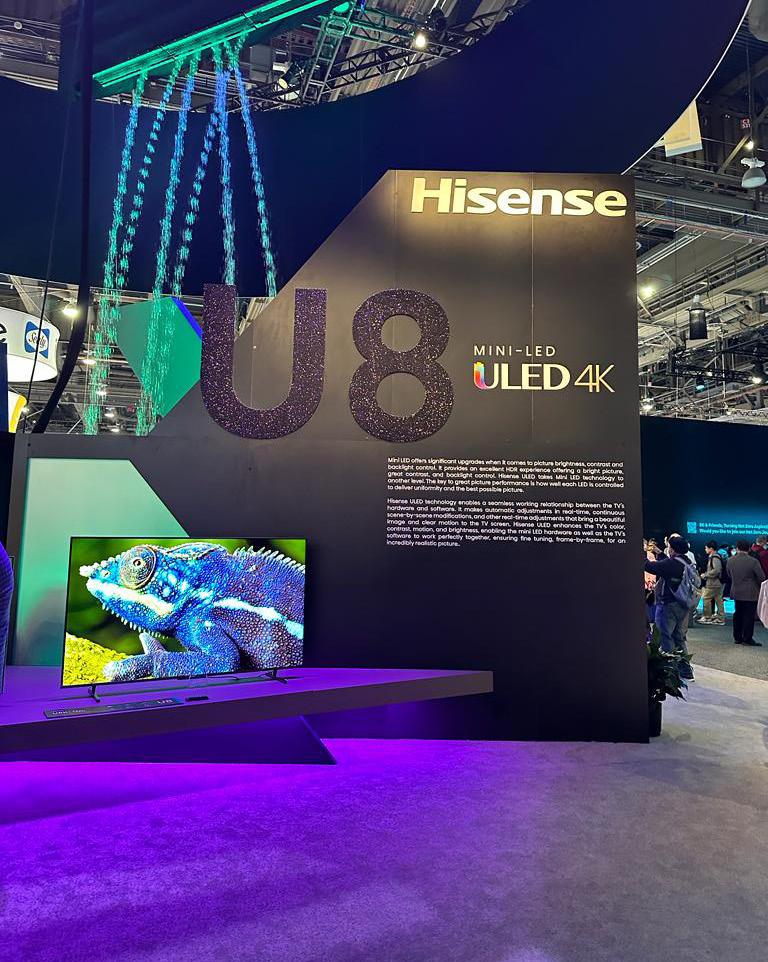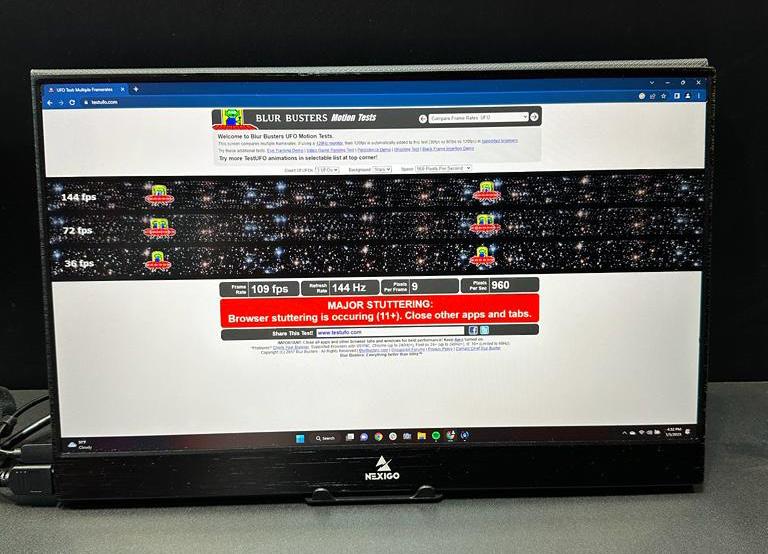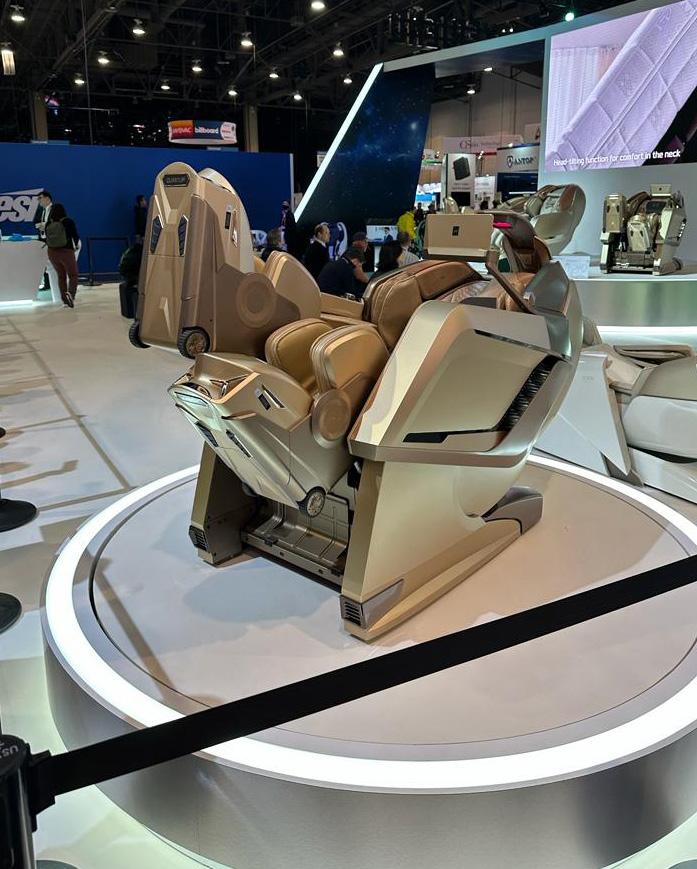
2 minute read
CES 2023
ULED TVs
We’ve seen LED panels develop over the years and make signifi cant improvements in resolution, contrast, brightness, and more. Recently OLED panels have been at the forefront of modern displays, with many manufacturers featuring iterations of the technology in their fl agship products. There are AMOLED, QD-OLED and Neo QLED displays that all offer varying modifi cations and improvements to the already impressive OLED technology and this year Hisense was showing the latest version of their ULED panels. ULED, or Ultra LED, stood out from the crowd and piqued our interest for a few reasons. The fi rst is that it doesn’t refer to a specifi c panel type but is instead a collection of roughly 20 technology patents that Hisense uses to augment the viewing experience on their TVs. Looking beyond the mechanics of the panel technology, the ‘Ultra’ within the name is in reference to the four key areas that ULED TVs focus on: Ultra Wide Colour Gamut, Ultra Local Dimming, Ultra 4K Resolution and Ultra Smooth Motion Rate. This allows a wider selection of high fi delity displays to be labelled as ULED; unlike OLED displays that turn off backlight LEDs to achieve their inky blacks, ULED displays can still use localised dimming arrays and compensate for the contrast with the rest of their feature set.
Advertisement

Portable Gaming Monitors
Portable monitors are not a new innovation and have been rising in popularity in recent years, but this year we saw a new wave of portable gaming monitors. Portable monitors have been allowing users to enjoy a dual screen setup no matter where they are, but this isn’t without compromise. Typically restricted to 60Hz and missing higherend features that are more power hungry, portable monitors have been great for general computing and offi ce tasks but not so much for more specialised cases. Gaming monitors tend to run at the bleeding edge of display performance with incredibly fast refresh rates and response times taking priority, and features like adaptive sync also playing an important role.
We were thoroughly impressed with how far these gaming portable displays have come, especially with the ASUS offerings. The ROG Strix XG17AHPE USB Type-C Gaming Monitor was an excellent step into the space and offered gamers a 240Hz FHD experience wherever they went. This year ASUS has revealed new additions to their portable gaming monitor line-up with the ZenScreen MB16QHG and the ZenScreen MB17AHG. Sporting refresh rates of 120Hz and 144Hz respectively, these portable displays incorporate AMD FreeSync Premium and DisplayPort Alt-Mode over USB-C and HDMI connectivity.
Massage Chair Healthcare
It wouldn’t be CES without taking a break to look at some of the less conventional tech on display, and this year we were intrigued by Bodyfriend’s massage chairs. The eye-catching seats look like a 90’s artist’s rendition of what chairs in the future would look like. The futuristic looking massage chairs are marketed as healthcare devices, with some models even coming equipped with an EKG heart monitor. Unfortunately we can only speak to their appearance as we didn’t get a chance to try them out at the event, and with a $9500 (€9000) price tag, we doubt we’ll be trying one anytime soon.
Overall, CES was another great opportunity to see what technology is on the horizon, while meeting with our vendors and partners to discuss the future, and we were delighted with the experience and can’t wait to see more of these innovations make their way to consumers.











